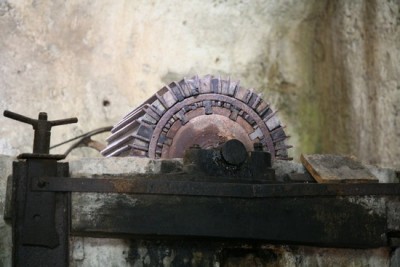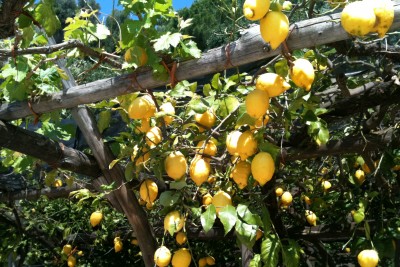Amalfi According to the Guidebooks
What travel guides say about the town that used to rule the Mediterranan sea


According to Lonely Planet, "it is hard to grasp that pretty little Amalfi, with its sun-filled piazzas and small beach, was once a maritime superpower with a population of more than 70,000. For one thing, it’s not a big place – you can easily walk from one end to the other in about 20 minutes. For another, there are very few historical buildings of note. The explanation is chilling – most of the old city, and its populace, simply slid into the sea during an earthquake in 1343. Today, although the resident population is a fairly modest 5000 or so, the numbers swell significantly during summer, when day trippers pour in by the coachload. Just around the headland, neighbouring Atrani is a picturesque tangle of whitewashed alleys and arches centred on a lively, lived-in piazza and popular beach; don’t miss it."
Frommer's says that, "once a glorious Maritime Republic, Amalfi today is a busy tourist resort with a picturesque old center and a magnificent setting against the steep slopes of the Valle dei Mulini. Its bustling seafront and lively piazza give the place more energy than most of the other towns on the coast, and its central location makes it a popular base for exploring the area."
Michelin writes that, "Amalfi is the main town along the beautiful Amalfi Coast. It has an almost Spanish feel, with tall white houses perched on small valley slopes facing the sea, and providing a wonderful setting with the deep-blue waters of the sea. This is Italy's oldest maritime republic, founded in 840, which enjoyed its greatest prosperity in the 11C and gave its name to the Amalfi Tables, the oldest maritime code in the world."



